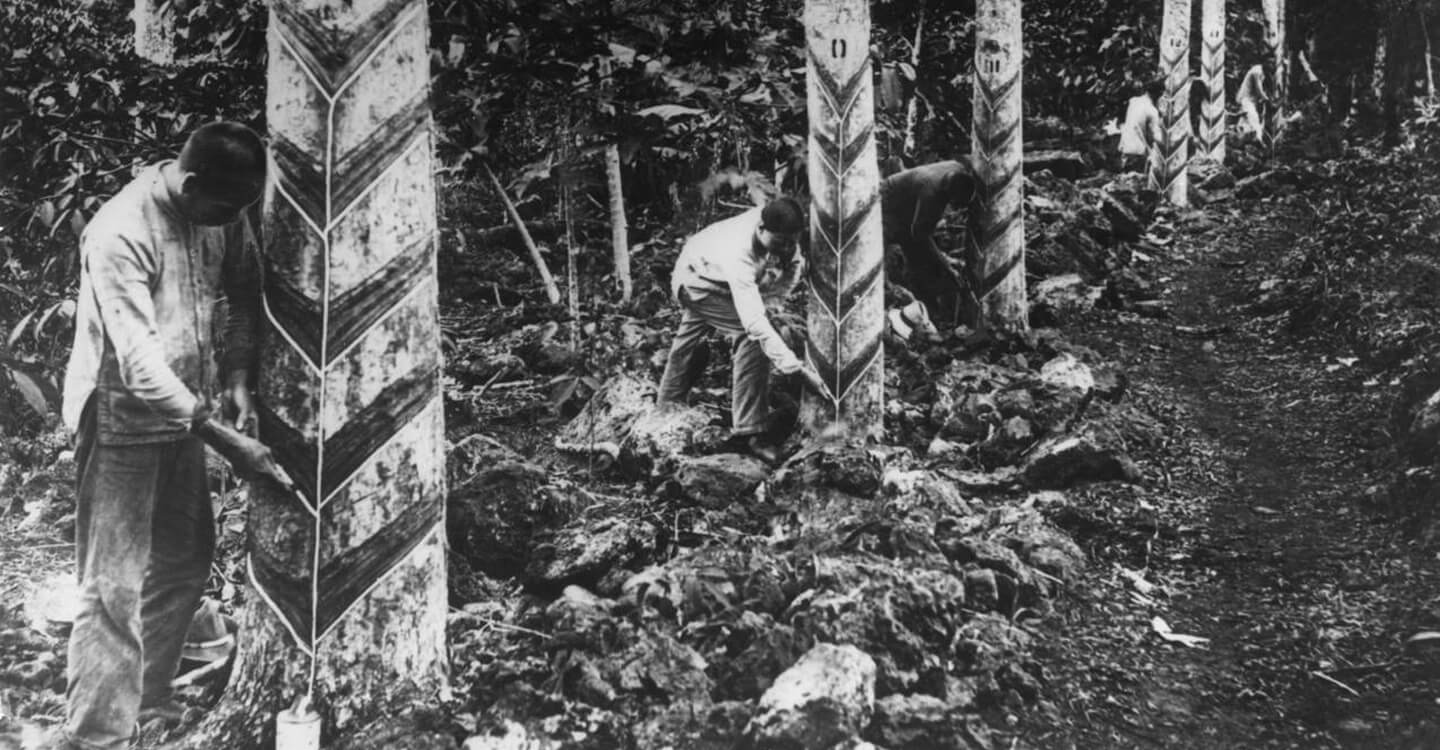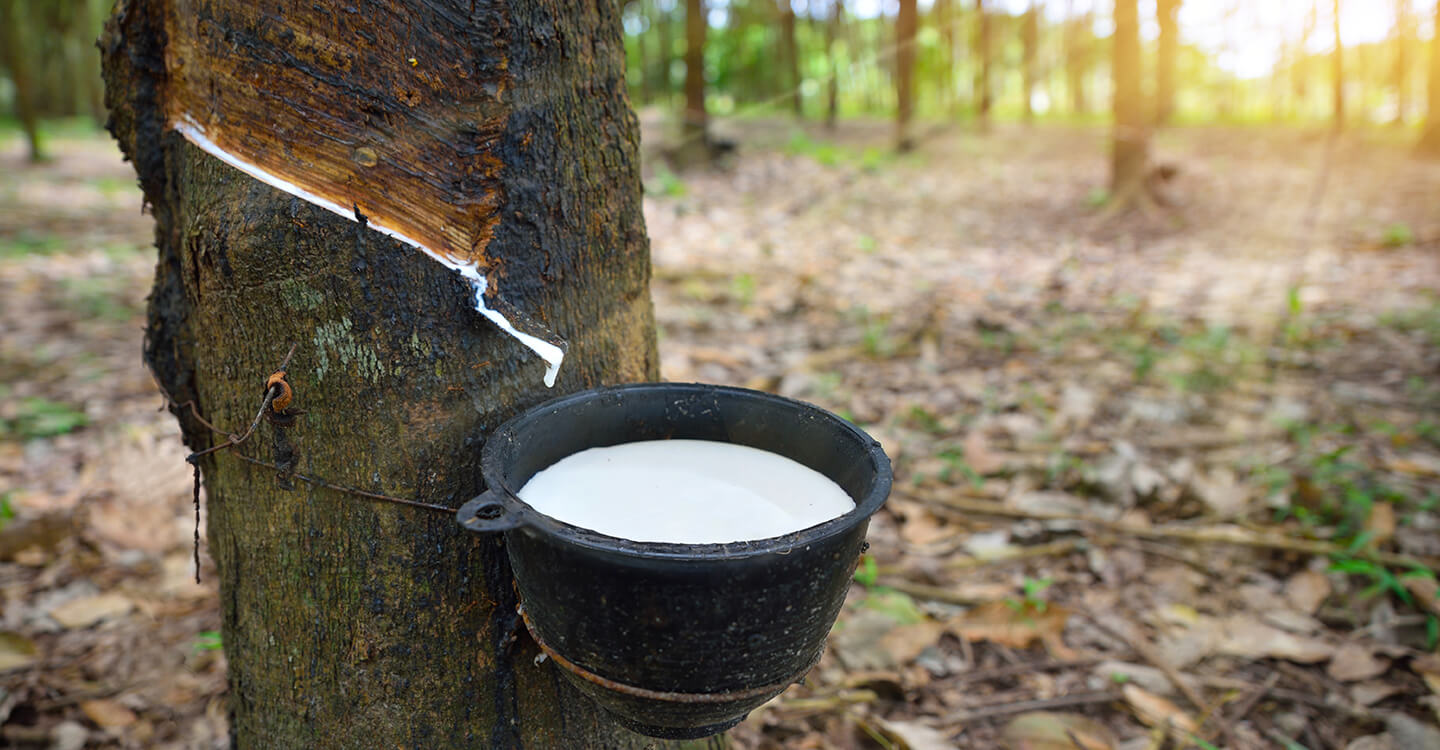Rubber is an essential product for the modern society. Rubber is two types. Natural rubber and synthetic rubber. We all use rubber-made products at home, at work, at play and even when traveling. Automobiles, trains, planes, industries, use rubber for a variety of purposes.
What exactly is rubber and where does it come from?
Rubber is a garlic, elastic, amorphous material derived from latex or milk SAP of various tropical plants, such as rubber trees. This latex is vulcanized, pigmented, complemented and electrical insulation, elastic bands, belts, tires, hoses, it is converted into a variety of products, such as gaskets and containers. Rubber is also known as caoutchouc.
The exact origin of rubber is unknown. The native American people knew and used rubber long before the arrival of European explorers. The rubber producers in ancient Mesoamerica were almost 3,500 years ahead of Charles Goodyear and vulcanized rubber. The ancient Maya people used latex to make rubber balls used in an important ritual game. This game was called Tlachtlic, a transition between football and basketball. But it was religious. It was recorded in a Maya religious document, Popul Vuh.
In 1525, a man named Padre d’Anghieria reported that he saw the Mexican tribal people playing with elastic balls. The eraser was considered the first use of rubber. This was recommended by Magellan, descended from the famous Portuguese sailor. He was made popular in England by a man named Priestley, and he was known as Indian rubber. The Portuguese meaning of rubber is borracha, which is caused by jars that replace leather borrachas used by the Portuguese to send wine.
In 1735, the first scientific study of rubber was done by Charles de la Condamine. According to him, rubber can be used to produce flexible pipes. Since then, there have been many craftsmen dealing with rubber. In 1820, the British industriallist Nadier produced rubber yarns and tried to use them in clothing accessories. This was when America was caught in tire fever and the waterproof shoes used by the locals were successful. In New England, snow boots and water-repellent fabrics were produced.
In 1832, unfortunately, the Rosburg factory was established, which did not work well, because the cold air affected goods produced from unvulcanized natural rubber, leaving them fragile, and thus discouraged consumers.
Vulcanized Rubber
Goodyear began to develop to elevate its almost ruined rubber qualities, and after a long time, it completely coincidentally discovered vulcanization in 1840. up to 1839 rubber has been subject to changes in weather conditions. The rubber was hot and sticky in hot weather. It became cold and fragile in cold weather. Goodyear discovered the vulcanization process when the mixture of rubber, lead and sulfur accidentally fell into a hot stove. So, a product that was not affected by the weather, was restored when stretched. The process has been refined and thus the use of rubber materials has increased. This new vulcanized rubber was resistant to water and chemical interactions and was not conducting electricity and was therefore suited for a variety of products.
Modern rubber
More than 75% of the rubber in production today is a synthetic product made of crude oil. During World War II, the United States was unable to supply rubber worldwide and accelerated the production of synthetic rubber for use in the war. There are about 20 types of synthetic rubber. Natural rubber is just one type. Since rubber trees only grow in hot and damp areas near the equator, the main countries in Southeast Asia where 90% of real rubber production is realized today are Malaysia and Thailand and Indonesia. However, Indonesia’s production has fallen in recent years and has begun to build new rubber forests to cover the gap in Africa.
There is no single substance or product called rubber today. Rubber belongs to a class of materials with unique high elasticity.


